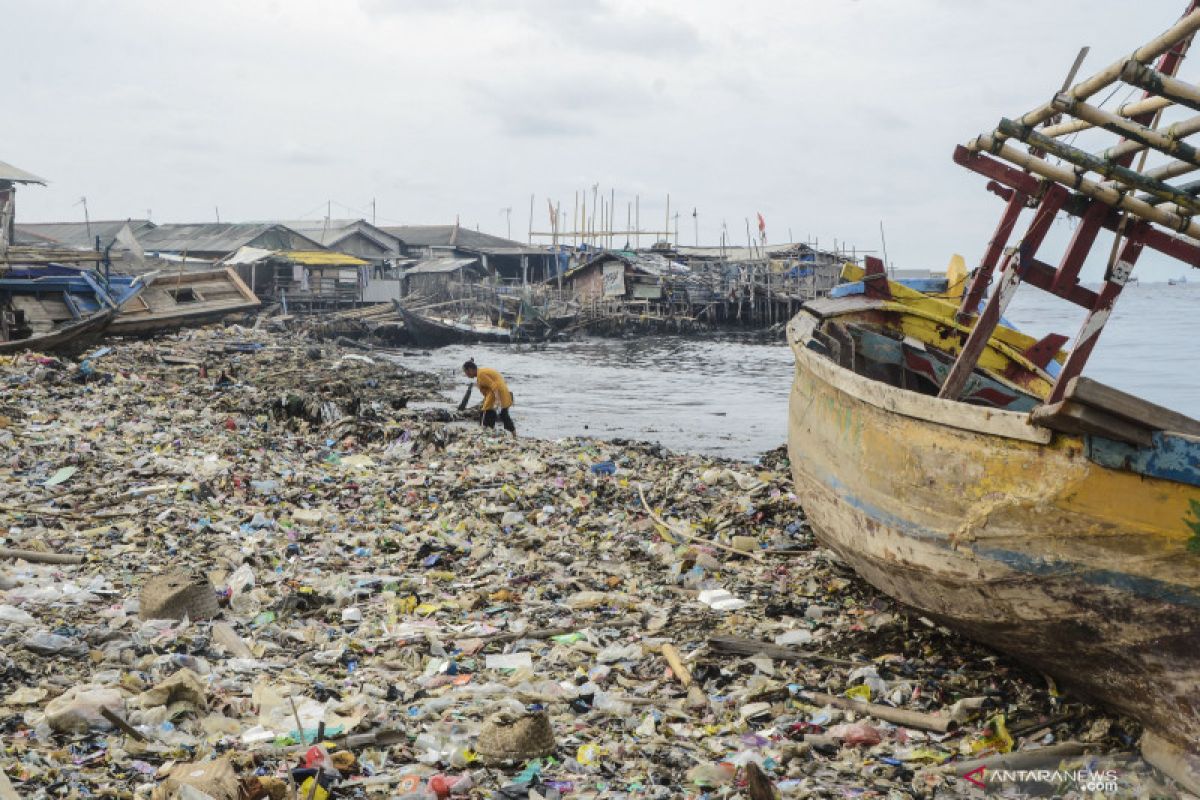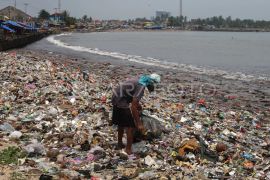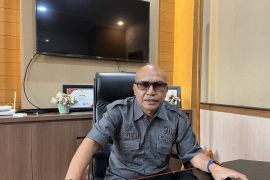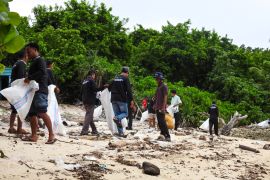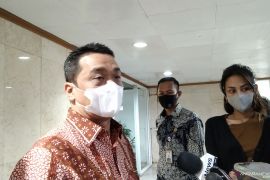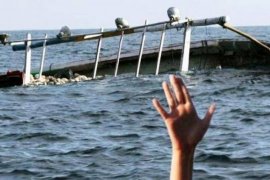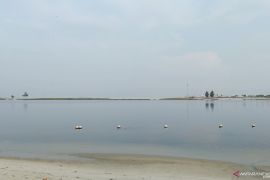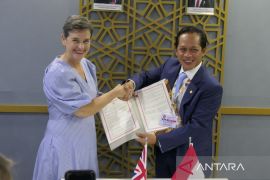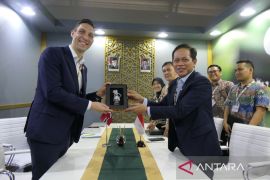The study conducted by LIPI's researchers Muhammad Reza Cordova and Intan Suci Nurhati from the Oceanography Research Center was published in the Scientific Reports journal titled “Major Sources and Monthly Variations in the Release of Land-derived marine debris from the Greater Jakarta Area.”
It was the first report on monthly monitoring of marine waste in Indonesia that identified six types of waste and 19 categories of plastic waste released from nine rivers in Jakarta, Tangerang, and Bekasi during the period from June 2015 to 2016.
"Plastic waste, mainly styrofoam, constitute some 59 percent of the waste that flowed along the nine rivers," Cordova stated here on Thursday.
The study estimated that some 8.32 tons of garbage were released daily from Jakarta, Tangerang, and Bekasi into the bay, or eight to 16 times lower than the estimation based on model-based studies, he expounded.
Cordova highlighted the importance of on-field monitoring data to assess plastic waste pollution from Indonesia.
Nurhati stated that public awareness to reduce plastic use and consistent implementation of the government's program to clean up rivers have become the keys of success to reduce marine debris.
With its 99,093 kilometers of coastline and ranked as the world's fourth-largest population, Indonesia is viewed as the second-largest contributor of marine waste after China.
Indonesia's commitment to lowering marine waste and supporting the target of Sustainable Development Goals (SDGs) 14.1 will require scientific information through comprehensive monitoring research to identify its source in the field, she added. Related news: Three tons of green mussels to clean polluted Jakarta Bay
Related news: Jakarta Bay pollution a threat to future`s generation
EDITED BY INE
Translator: Virna P Setyorini, Sri Haryati
Editor: Suharto
Copyright © ANTARA 2019
